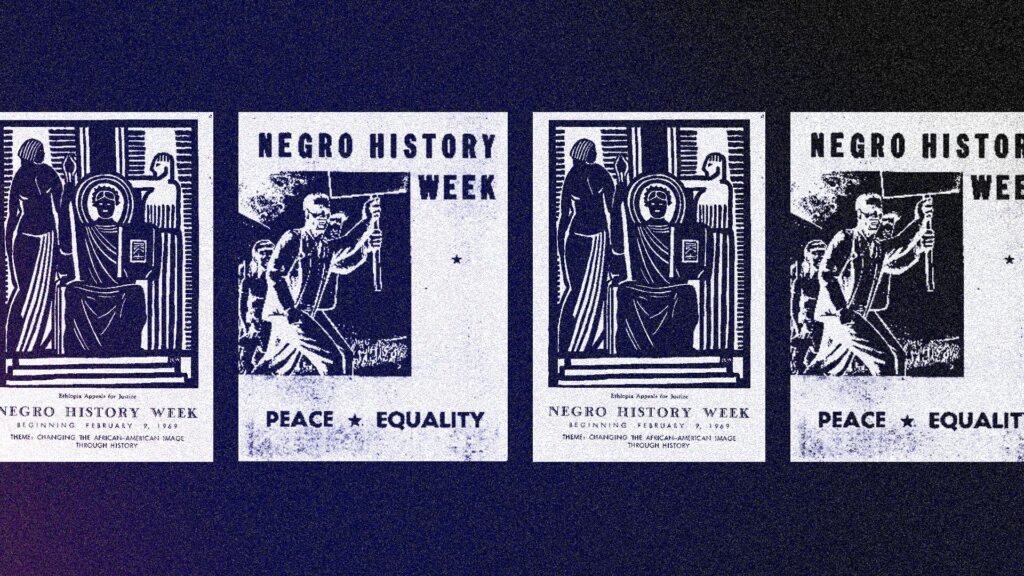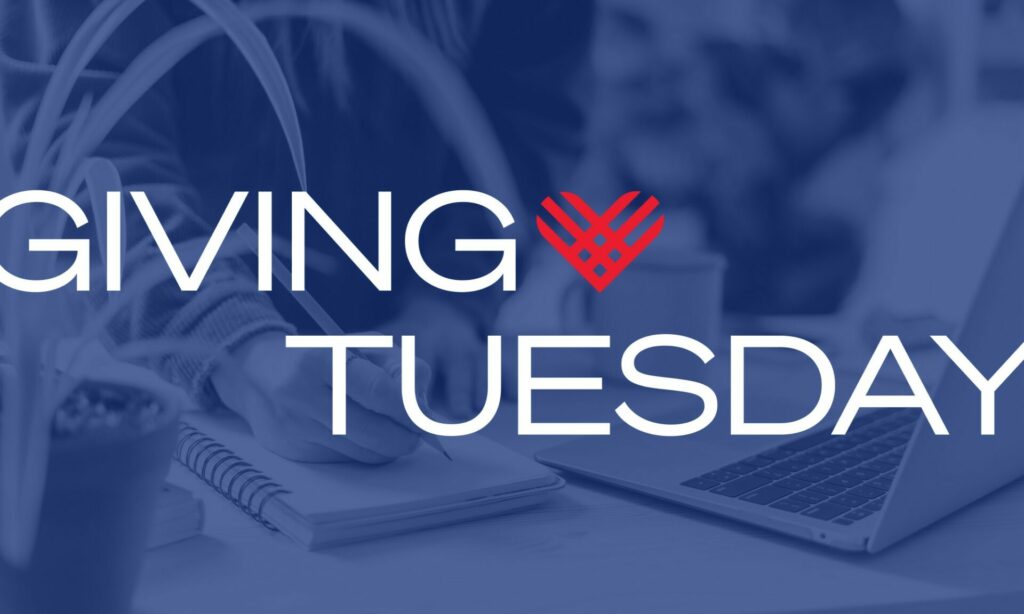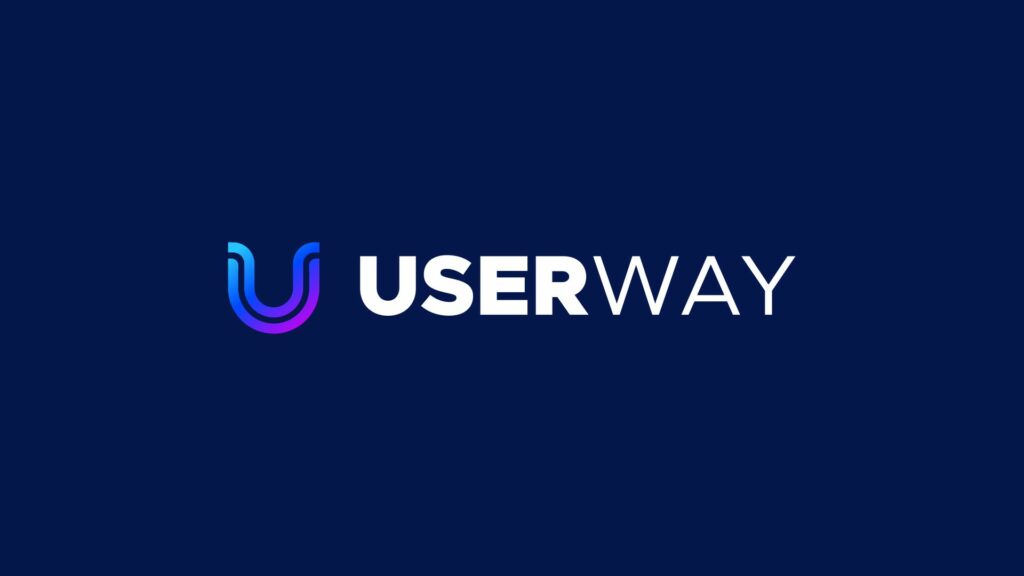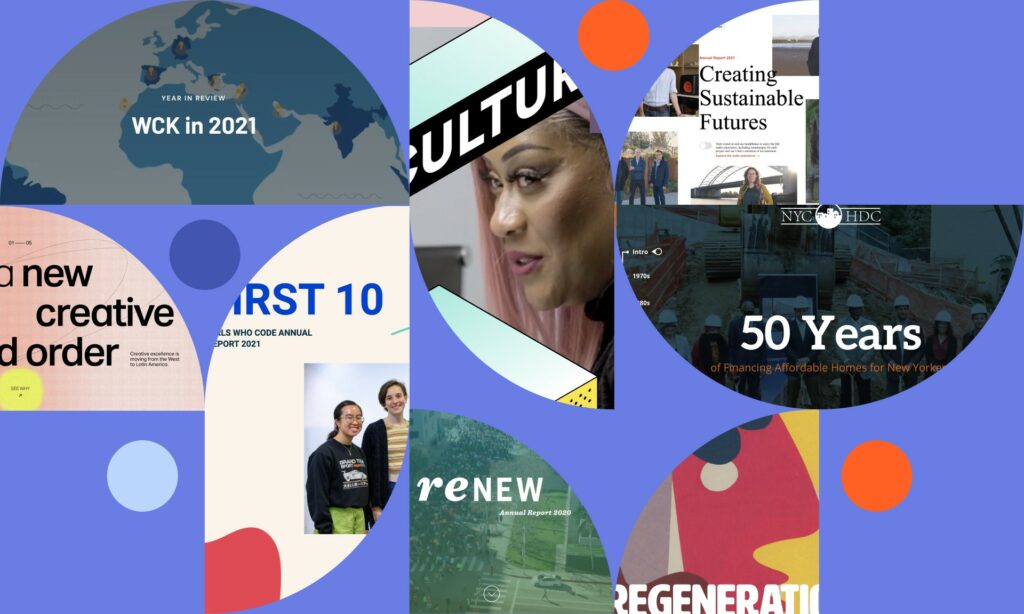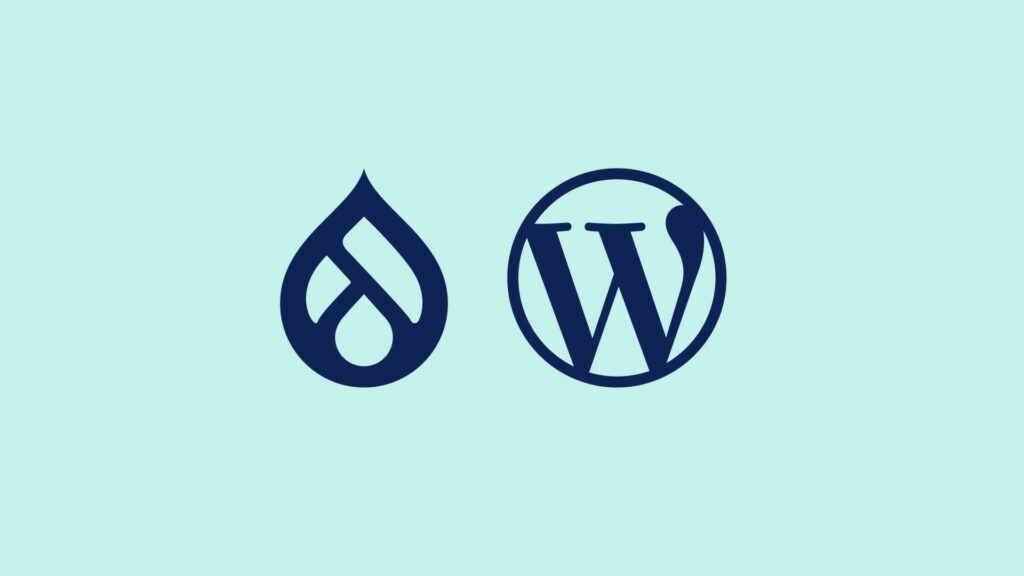
The cost of a new website can range from a few hundred dollars to hundreds of thousands of dollars, or more. But why?
The truth is that there is no standard pricing model for websites. Each website is unique, requiring unique features, content, and a design tailored to your organization’s distinct needs. More than that, the nature of each website project is unique, as every organization is different and requires different levels of engagement throughout the project journey.
Let’s explore what those factors are so that you can make the most informed decision on how much to budget for your most important digital asset.

Scope and Complexity
Let’s start with the obvious: a basic, static website with minimal functionality will cost less than a dynamic site with special requirements and features. There are many considerations that can increase the scope and complexity of a website, but the most common we run into are:
- Integrations with third-party platforms like CRMs
- E-commerce, donations, or anything requiring financial transactions
- Heightened security and privacy requirements (HIPPA, PCI, GDPR, COPPA, etc.)
- User accounts and membership
- Compliance with accessibility guidelines
- Multilingual content
- Non-standard programming languages like specialized JavaScript libraries
- The need for numerous unique content types and taxonomy-driven relationships
Tip: Before writing an RFP or approaching agencies for introductions, outline the features and functionality needed. If it feels dynamic or “special,” be sure to bring it up.

Stakeholder Engagement
Whether you are engaging stakeholders in the early discovery phase of the website project or incorporating them in regular feedback loops, the more stakeholders that need to be involved, the higher the project cost. It’s one of the biggest considerations when we estimate our projects as the more people involved, the more challenging it is to build consensus.
Tip: We recommend our clients form a small team of empowered project leads that serve as a conduit to the broader organization, which can help minimize this significant expense while ensuring all voices are heard.

Design
Custom-designed websites, like the ones we create, tailored to an organization’s brand identity and audience, incur higher costs than pre-made templates. That sounds obvious, but there are other factors that can contribute to the design of a website increasing the cost:
- Complex design elements like interactive animations, unique effects, etc.
- The inclusion of custom media like videos, photography, or graphics such as data visualizations
- The need to establish or refresh an organization’s design language, including updated color palettes, typographic systems, etc.
- The desire for multiple conceptual directions and a robust iterative approach to feedback, revisions, and refinement
Tip: Design plays a crucial role in creating a positive impression and experience. Be sure your agency partner has a clear, thoughtful, and iterative approach to the design process.

Content & Copywriting
As they say, content is king, and the deeper your content needs, the higher the website cost. Here’s why:
- Copywriting requires time, subject matter expertise, and talent — it’s never a good idea to skimp on quality content
- Creating a thoughtful content strategy for your website requires research, ideation, organization, and coordination
- Optimizing content for search engines (SEO) involves keyword research, on-page optimization, and metadata creation
- Some websites are just larger and therefore require more content
- If you are redesigning, it’s likely that a detailed plan for content migration is needed to map old but important content to the new site
Tip: Are you looking for a capable copywriter to take over the reins or would you like a copy editor to help with consistency of voice? Maybe a mix? Your agency can help you find the right fit for your budget.

Turnaround Time
As the saying goes, you can have something good and fast, but it won’t be cheap. Faster turnaround times require your agency to concentrate resources to expedite the project. This leads to higher costs, as the agency prioritizes the project over other opportunities to meet tight deadlines. Many agencies turn down accelerated timelines, leaving you with only a handful of viable options, which now have the leverage to charge you more. In our recent post, we advise you to consult with your chosen agency to set a realistic timeframe according to your needs.
Tip: Be realistic and consult your agency before setting internal expectations on timing. Cutting corners to save time will surely lead to a website you don’t love.

Agency Culture, Experience, & Reputation
Experienced creatives who understand your field and have a track record of delivering results often command higher costs, but they also deliver higher-value results. Seasoned agencies understand the deep investment it takes to create an exceptional website and prioritize client satisfaction, leading to long-term partnerships.
Finally, happy employees are more invested in the outcomes of their work, so hire a values-driven agency that offers competitive compensation and benefits, and that promotes a healthy work-life balance—but do so understanding the substantial cost of running these sorts of businesses.
Tip: We recommend starting by hiring an agency that’s accountable to a high standard of transparency in their practices, like a Certified B Corporation.

Value
A website is a major investment, so what do you expect in return (ROI)? Many agencies, including ours, calculate the website’s value to your organization into the cost. The ROI of a website can vary depending on the specific goals and objectives, but it’s anything that contributes to the overall success of an organization. Common returns we consider when discussing the value of a website include:
- Lead generation: will your site serve as a marketing tool to grow membership, partnerships, a base of supporters, or other forms of long-term relationships?
- Donations or conversions: will your site facilitate donations, email signups, registrations, or other transactions like downloading resources?
- Brand awareness and credibility: Will your website improve your reputation by demonstrating your thought leadership and positioning you as a trusted expert in your field?
Tip: Value can be hard to quantify for nonprofits, including our clients. If the returns are not monetary, factor in the many ways a new website will empower your organization’s mission.
To Wrap Up
At Visceral, we consider each of these points when estimating a website project and work closely with prospective clients to narrow in on a competitive cost estimate that fits both their goals and their budget. Further, we offer a single, flat-fee price for website projects that includes everything you need, and is informed by our experience working on similar projects. As we shared in our recent post, be wary of any agency that works on a time and material basis (T&M), which is likely to lead to hidden costs by incentivizing the wrong outcomes.
It’s tempting to opt for the lowest price, but investing in a top-tier website by an experienced team will pay dividends for your organization for years to come. We hope this post serves as a helpful guide when choosing the best partner (and price) for you.
Interested in learning more? We offer free consultations for values-aligned organizations ready to take the next step on their website transformation journey.







